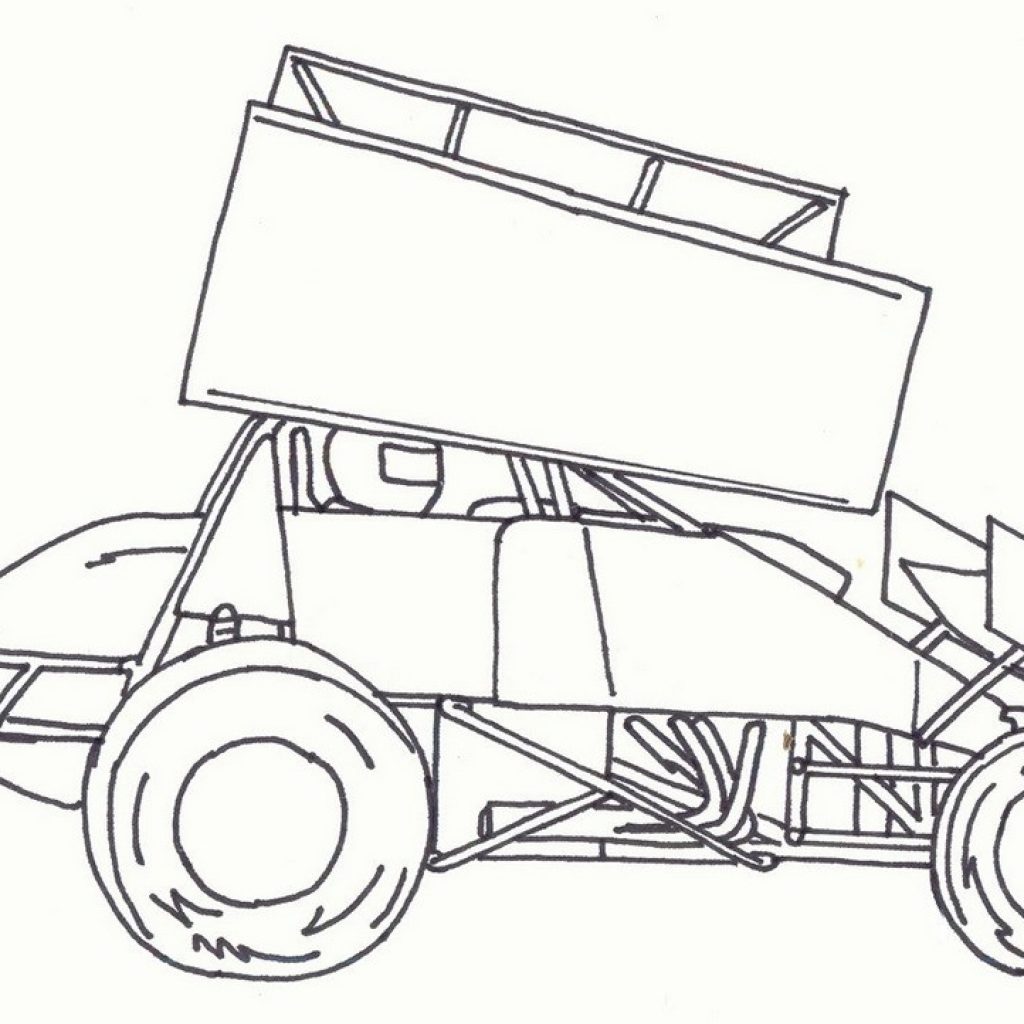

This step may or may not be necessary depending on your print store. I also set the photo opacity at 50% so I could see the car and colour at the same time.īelow you can see the mockup with the photos set at 50% opacity.īelow you can see the mockup set at 100% opacity.Īfter you have finished with the photo mockup, you should create it to scale on your outlined version and send it to the print shop. Personally I found working on the photos a bit easier than the outlined versions of the car. Print out a few thumbnailed copies of the outlined car and start working on your designs.Īfter you have some rough ideas, you can go into Illustrator and draft up your proposed designs on the car. It’s probably a wise idea to sketch out some ideas before you jump straight onto the computer. AltaPac Car Wrap Gallery (the print shop we used).I’ve found a few car wrap galleries to be of assistance: This was for my guide only and did not reflect the final print.Īs with any project, it’s a good idea to know what is out there first before you begin. If you are designing in vector format, you will not have to worry about the DPI, but the outlines should still be to scale.īelow you can see the outlines of the 2009 Carolla Hatchback to scale.īelow you can see the comparisons of the car to the outlined version.īelow you can see the aerial view of the car with the red rectangles showing suggested print areas of the car. That’s pretty much it, the same process can be used for all sides of the vehicle, just make sure you work off of good square photographs of the vehicle, and if you have any questions at all, email me! On very large jobs, I’ve had ripping time take excess of 4 hours.Ħ. This also cuts down on the ripping time, or the time it takes from when you hit “print” and from the time it actually starts printing. Once you rip it at the 1000x scale, the wrap will print at 72dpi, the minimal acceptable resolution for printing a wrap so that you get acceptable results, and acceptable performance when designing and printing it. When you send it to print, or “rip” it, make sure to print it at 1000x scale.ĥ. Once the wrap is done and the design is ready to be set to print, flatten the document, and save it as a non compressed tiff. When designing a wrap, a popular way to design at an appropriate scale without slowing down your machine is at 1/10th scale. Once you get this done, change the ppi of the document to 720ppi. So if you measured the wide of a door handle as lets say 7 inches wide, your info palette with the ruler tool active should measure the door handle to be. Do this by scaling the image size of the photograph down to make it match up. With the side photograph of the vehicle in Photoshop, and all of your measuring tools set to inches, (also make sure your info palette is up F8) measure with the ruler tool, the distance of whatever you measured in the 1st step in one tenth scale. Measure the distance of anything you can use as a reference point for scaling on the vehicle, this could be the distance of a door handle, door window, wheel, anything that you can use as a measurement.Ģ. This is for car wrap designs that are in raster format as apposed to vector.ġ. Once you’ve taken the photos, here are the steps to laying it out so you can design at a reasonable pace with such a large file. Ok, basically, when I layout a vehicle I’m doing a wrap on, if the vehicle isn’t already in one of my templates from a collection of vehicle templates from a company called The Bad Wrap, I’ll take a good side profile photograph of the vehicle and bring it into Photoshop.īelow you can see the original side photos of Luke’s 2009 Carolla that he took himself. If you can not find the vehicle wrap for your particular car model you will have to create the outlines yourself and to scale.īelow you can see how Kyle Anthony explained the process to me. I asked my Twitter followers if they had the outline for Luke’s Toyota Carolla 2009 Hatchback though this was to no avail (though 4 people did send the 2003 version) so this meant I had to create the outlines myself.īefore you go about creating the outlines yourself, check to see if these places stock your particular car. The first step of the process is to create the outlines for the car to scale, as this is what you will need to provide to the printers.

Remember that your printer may have different requirements than these shops so it’s best to ask your printer for their special requirements. It was also handy to read the FAQ’s on these three sites: MotaGraphics, AdsOnWheels, SkinzWraps and the getting started section on. As I couldn’t find much information on the web or have any idea where to begin, I asked my Twitter ( follow me) followers if they had any tips or resources and that was a huge help, along with asking the print shop directly.


 0 kommentar(er)
0 kommentar(er)
